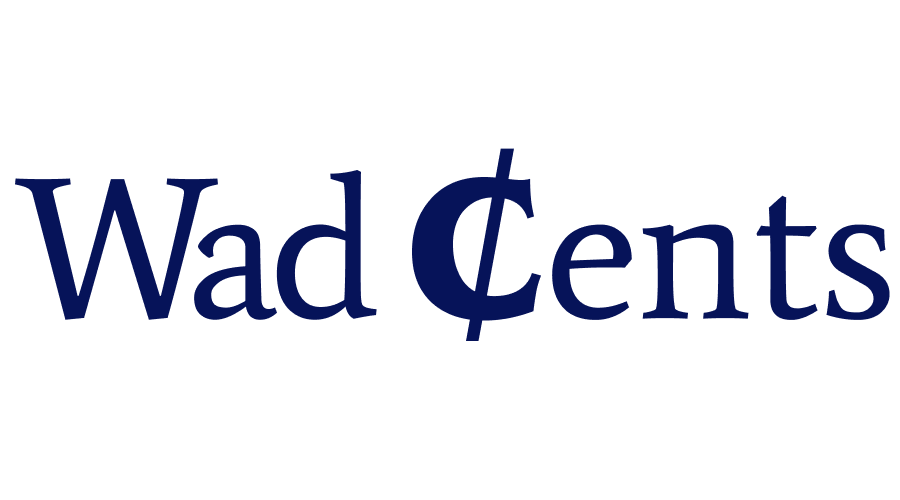If you are facing an eviction, and you have exhausted all possible sources of funds, you may consider tapping into your 401(k) as a last report. 401(k) plans allow participants to take hardship withdrawals when they are facing an immediate and heavy financial need.
While not all immediate financial needs meet the eligibility criteria for hardship withdrawals, certain situations qualify for these withdrawals. Some of the situations include costs needed to stop an eviction or foreclosure from your principal residence, buying your principal residence, dental expenses, etc.
So, what 401k hardship withdrawal eviction proof do you need to provide?
Let’s find out.
Can you do a hardship withdrawal without documentation?
Generally, you do not need to provide your employer/401(k) provider with documentation to prove your financial hardship. However, you will want to keep the documentation or other records providing the hardship, if the plan administrator requires more information to determine the accuracy and legitimacy of the claimed hardship.
Different 401(k) plans may have different rules on hardship withdrawals, and you will need to talk to the plan administrator or HR personnel at your workplace to know about the plan’s specific requirements and the paperwork necessary to initiate the withdrawal. The documentation necessary to provide a financial hardship can be either by paper or online.
Additionally, the IRS no longer requires employers to have the required documentation, but it advises employees to keep the necessary documentation in case it is required during an audit.
401k hardship withdrawal eviction proof
When taking a 401(k) hardship withdrawal due to an eviction or foreclosure, the plan administrator may require various forms of documentation as part of your withdrawal application. Generally, you will be asked to provide documentation that demonstrates the nature and immediacy of the financial need.
Here are some of the proof of eviction documents you can provide:
Eviction notice
If you are facing an eviction from your current rental property, your landlord will serve you with a formal eviction notice showing the accrued rents and interests and when you are required to vacate the property. The eviction notice serves as proof of impending eviction, and you can provide this notice alongside your hardship withdrawal application to prove the claimed hardship.
Foreclosure notice
If you are facing foreclosure from your principal residence, and you have received a foreclosure notice from the mortgage lender, you can provide this notice when applying for a hardship withdrawal. Be aware that the 401(k) plan administrator may contact the mortgage lender to confirm the accuracy of the foreclosure notice.
Court documents
If you were involved in a court process in your eviction or foreclosure, you can provide the court document or ruling as evidence of your financial hardship. Also, if you have obtained a court order to extend the planned eviction or foreclosure by several more days or weeks, you can attach the document when applying for a hardship withdrawal.
Letter from Social Services or Government Agencies
If you received financial assistance from Social Services or another government agency based on your housing situation, you can provide letters from these government agencies as supporting documentation. These letters should prove the amount of help you have received, and the amount you need to stop the eviction or foreclosure on your primary residence.
Can 401k hardship withdrawal be denied?
In some instances, the 401(k) plan administrator can deny a hardship withdrawal for various reasons. Hardship withdrawals are subject to regulations set by the IRS as well as the plan rules.
Here are some reasons why your hardship withdrawal may be denied:
You don’t meet the eligibility criteria
When applying for a hardship withdrawal, ensure that your financial situation meets the eligibility criteria provided by the IRS and in your employer’s summary plan description. If your financial situation does not meet the set criteria, the application may be denied.
Insufficient evidence
If the plan administrator requests documentation to support your financial hardship, you should have enough evidence to support your situation.
So, if you are facing eviction from your primary residence, you can provide the eviction notice, proof of unpaid rent, and a letter from Social Services showing the support received due to your housing situation, etc.
If the plan administrator determines that the evidence provided is insufficient, your hardship withdrawal may be denied.
Plan-specific rules
401(k) plans are allowed to set their own rules within the broader regulations provided by the IRS. If your hardship withdrawal does not meet the plan rules, your application may be denied. Additionally, the plan administrator has discretionary authority to approve or deny your request depending on the circumstances surrounding your request.
When applying for a hardship withdrawal, you should contact the plan administrator to understand the plan-specific requirements you must meet.
Can I take a withdrawal and loan from my 401k?
Each 401(k) plan has different rules for withdrawals and loans, and a plan can choose to allow or disallow a withdrawal and a loan at the same time. You should check the plan documents or contact the plan administrator to know the specific rules that apply to your 401(k) plan.
Some plans restrict hardship withdrawals (for people younger than 59 ½) if you have an outstanding 401(k) loan. You may be required to pay off the outstanding 401(k) loan before you can request a hardship withdrawal, or suspend further loan repayments when you take a hardship withdrawal.
If your plan allows both hardship withdrawals and a 401(k) loan, you should consider what option is better depending on your specific need. A 401(k) loan may be a better option since you will be able to repay the money, while a hardship withdrawal is permanent; you won’t be allowed to pay back the money, and you won’t be allowed to make further contributions for about 6 months after making the withdrawal.


